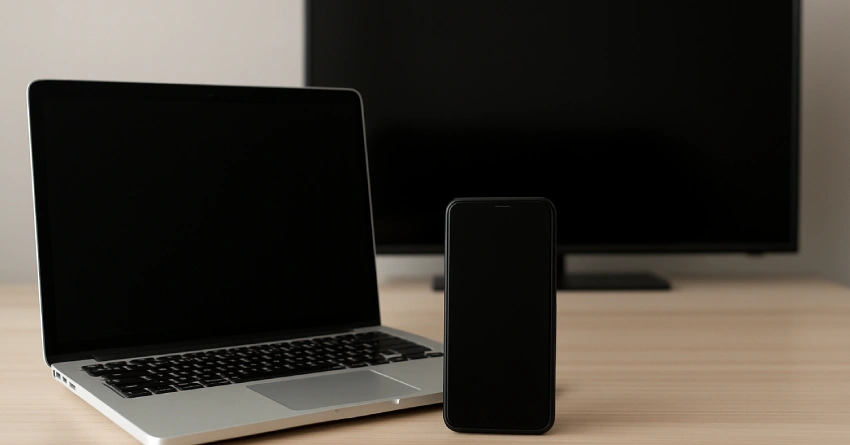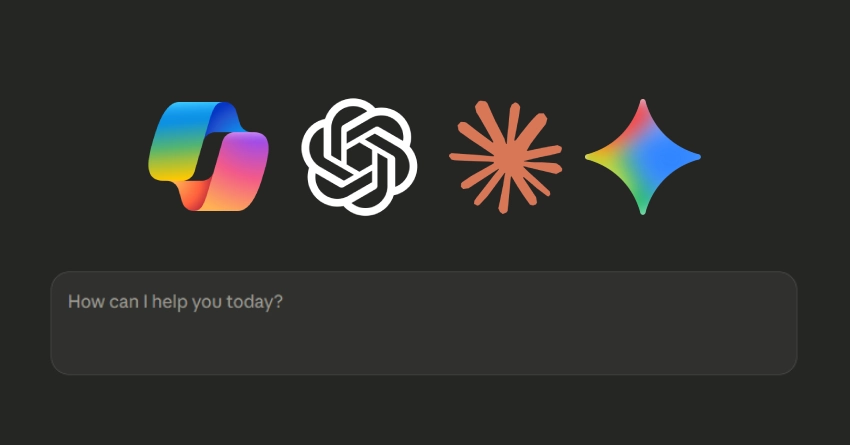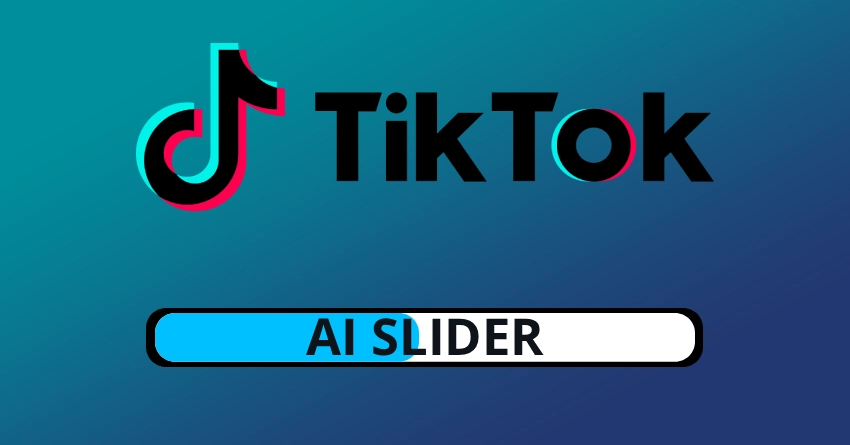If you feel like everyone is watching videos everywhere, you’re right. Between TikToks on the train, Netflix on the couch, and YouTube tutorials at a desk, video has become the dominant media format across devices. But if we have to pick a winner—mobile, TV, or PC—the answer depends on what you measure: sessions, minutes watched, or engagement style. Here’s a clear breakdown of where audiences spend their time and why it matters.
The Short Answer
- Mobile wins for the most sessions and daily touchpoints. It’s the default screen for quick hits: short-form, social video, music videos, and casual YouTube.
- Connected TV (smart TVs and streaming devices) is winning on total minutes for long-form entertainment. Living-room viewing has surged as streaming matured.
- PC ranks third overall, but it dominates specific niches. Tutorials, long YouTube deep-dives, esports, and productivity-adjacent viewing skew higher on desktop.
In other words: people start more videos on mobile, but they often spend more sustained time on TV. PC is specialized but still crucial in specific contexts.
Why Mobile Still Rules the Attention Ladder
- Ubiquity and immediacy: The phone is always within reach. That means countless micro-sessions throughout the day—waiting in line, between tasks, or winding down.
- Platform design: TikTok, Instagram Reels, and YouTube Shorts are engineered for endless, frictionless consumption. Vertical video and swipe UX make short-form irresistible.
- Bandwidth and screens have caught up: With near-universal 4G/5G and bright, large displays, phones handle HD streaming comfortably.
- Audio-first behaviors: Music videos, commentary, and podcasts on YouTube often play while users multitask on mobile.
Net effect: mobile owns “snackable” attention—the most sessions and the highest frequency of views, even if each is relatively short.
Why TV Is Quietly the King of Watch Time
- Lean-back experience: The living room is where people commit to long-form—movies, sports, series, and premium YouTube. This drives longer continuous sessions.
- Household viewing: One stream may involve multiple viewers (families, roommates), multiplying impact beyond raw device counts.
- Streaming maturity: Smart TVs and devices like Roku, Fire TV, Apple TV, and game consoles made streaming effortless. YouTube and TikTok also rolled out TV apps, pushing more long-form and mid-form content to the big screen.
- Evening primetime shift: As habits moved from cable to apps, TV recaptured a lot of “couch time” that mobile can’t fully replace.
Net effect: connected TV (CTV) captures a growing share of total minutes, often surpassing mobile when content is long-form and appointment-like.
Where PC Fits—and Why It Still Matters
- Task-oriented watching: Tutorials, coding streams, academic lectures, financial analysis, and conference talks fit naturally on a desktop where users can take notes, copy commands, and multitask.
- Esports and gaming: While TV viewing is rising here too, PC still has a stronghold due to chat, overlays, and multi-screen setups.
- Work-adjacent consumption: Many watch “edutainment” or industry content during breaks or as ambient background during tasks.
Net effect: PC skews niche but deep, with higher intent and longer single-session durations for specific categories.
What People Watch by Device
Mobile
- Short-form: TikTok, Reels, Shorts
- Music videos and commentary
- Vlogs, highlights, news clips
- Quick tutorials and product reviews
TV
- Series, movies, live sports
- Long-form YouTube, documentaries
- Family/kids content and events
PC
- How-to/technical tutorials
- Esports and long streams with chat
- Courses, webinars, explainers
Time and Context Shape Device Choice
- Morning commute or micro-breaks: Mobile dominates.
- Evening and weekends: TV takes over, with longer, more immersive sessions.
- Workday or study periods: PC makes sense for “learn-as-you-do” content.
Context beats demographics—but demographics amplify the effect:
- Gen Z: Heavy mobile short-form, rising TV for streaming and YouTube.
- Millennials/Gen X: Balanced TV and mobile; PC for learning and work.
- Families: TV-first in the evening, kids content especially.
Regional Differences
- High smart TV penetration (US, Western Europe, parts of APAC): TV minutes surge due to easy streaming and high broadband speeds.
- Mobile-first markets (parts of Asia, Africa, Latin America): Lower TV penetration and strong mobile networks push most viewing to smartphones.
What This Means for Brands and Creators
Match format to device behavior
- Mobile: vertical, fast hooks, captions-on, under 60–120 seconds for discovery.
- TV: horizontal, cinematic quality, higher production value, clear narrative arcs.
- PC: in-depth, chapters, screen recordings, resources in descriptions.
Program for both frequency and depth
- Use mobile-first short-form to drive discovery and habit.
- Use TV-friendly long-form to build loyalty and watch time.
Mind the creative pipeline
- Shoot once, version many: plan for 9:16, 1:1, and 16:9 outputs.
- Design openings differently: a punchy 2–3 second hook for mobile; a slower open is acceptable on TV.
Optimize metadata per surface
- Shorts: hashtags, trend alignment, bold titles.
- Long-form/TV: clear titles, strong thumbnails, chaptering.
Monetization strategy
- CTV often delivers higher ad CPMs but fewer inventory slots.
- Mobile offers scale for performance campaigns and rapid testing.
- PC can convert well for complex products when paired with deep content.
The Trajectory
- TV apps for short-form are growing, nudging mobile-native content into the living room.
- Phones are getting bigger and foldables more common, strengthening mid-length viewing on mobile.
- Cross-device continuity is improving: resume watching across phone → TV → desktop is now seamless.
- Shoppable video and live commerce are creeping into both mobile and TV ecosystems.
Expect a stable pattern: mobile leads in starts and daily touches, TV leads in sustained watch time, and PC remains essential for learning, gaming, and work-aligned viewing.
Which Device “Wins”?
- If you measure by number of video plays or daily active consumption moments: mobile wins.
- If you measure by cumulative minutes for entertainment: TV wins in many households and mature streaming markets.
- If you measure by depth for learning and certain communities: PC wins in specific niches.



